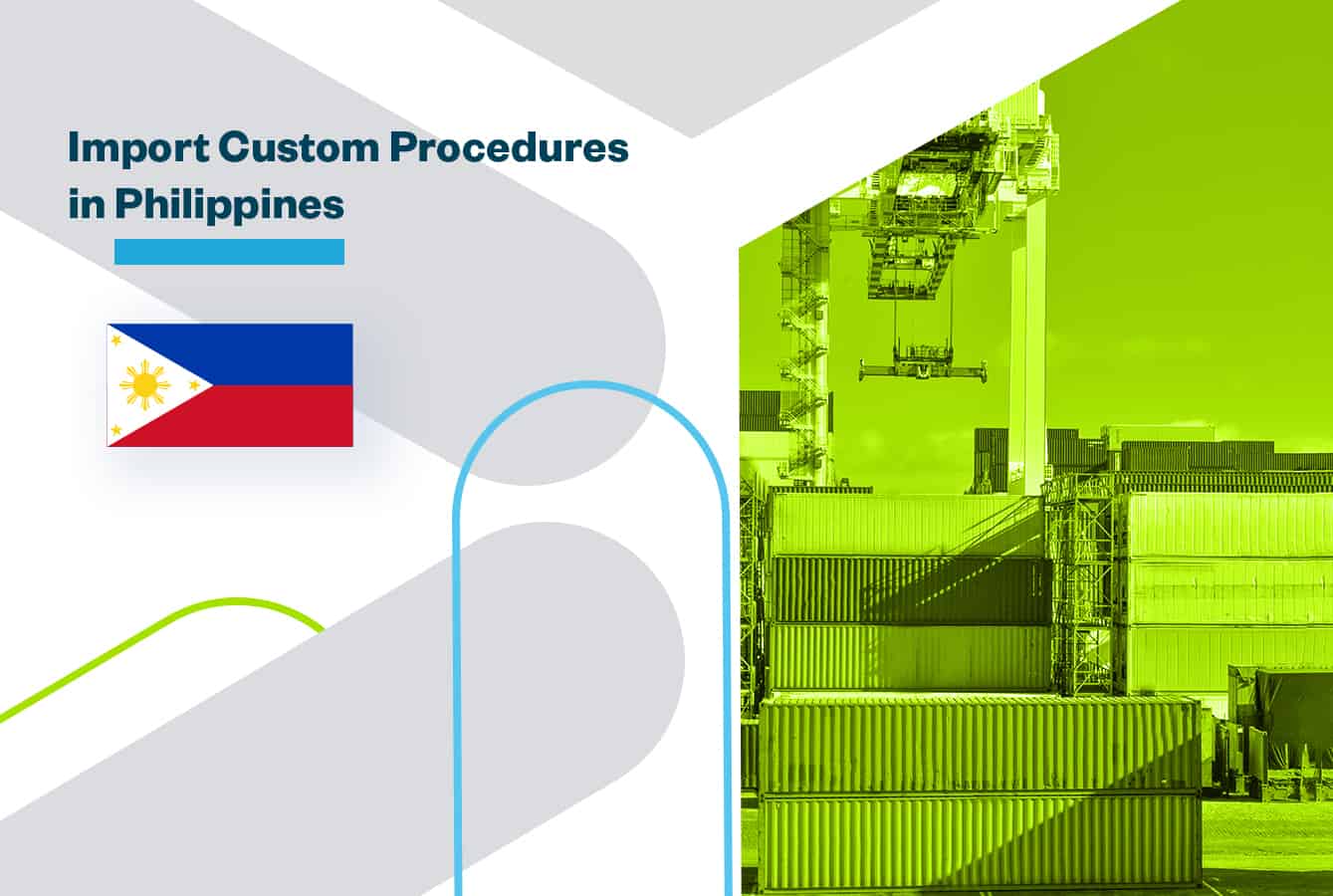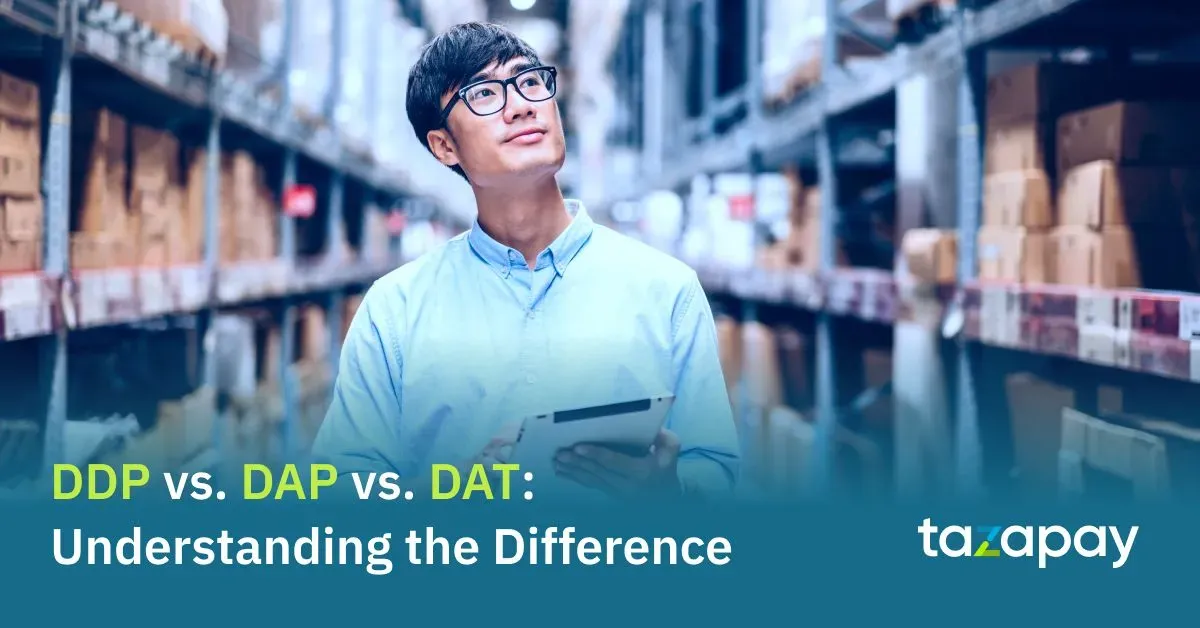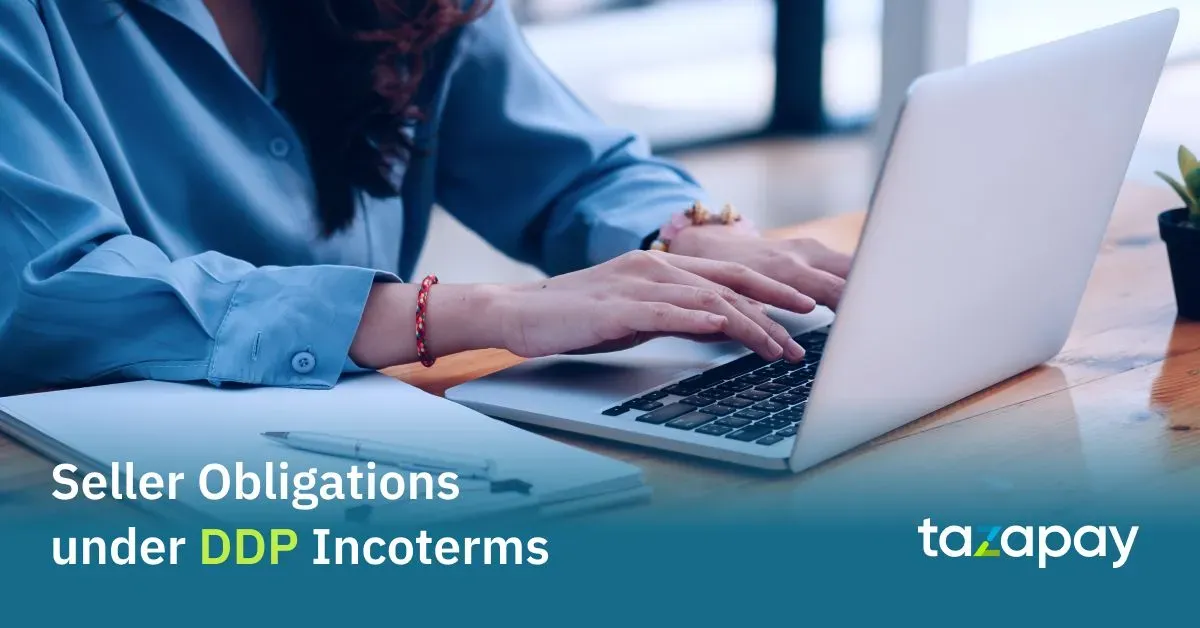- Home
Blog Blog
Customs & Incoterms Customs & Incoterms
Quick Understanding of Import Procedure in the Philippines
Quick Understanding of Import Procedure in the Philippines

Import Procedure
Importation into the Philippines is subjected to customs duties and taxes unless there is a special and legal basis for exemption from duties and/or taxes. Under the existing import procedure, the import duty and taxes apply for previously exported and re-imported shipments. Any exception depends on the specific mention in the Tariff and Customs Code or another regulation.
Businesses first need an Import Clearance Certificate from the Bureau of Internal Revenue to register as an importer. Importers then register with the Bureau of Customs (BOC). Moreover, they need to set up an account with the Client Profile Registration System (CPRS). The Import Clearance Certificate is valid for three years, while the Customs Client Profile Accreditation must be updated annually. The CPRS accreditation costs P1000 (US$20). Furthermore, it typically take 15 working days to process.
The importation requirements/compliance of any product category (whether regulated, restricted/prohibited, or easily importable) may be cross-checked/verified with the relevant Authorities – Bureau of Customs (BOC), the Bureau of Import Services (BIS) of the Department of Trade and Industry (DTI). The Department of Agriculture (DA) may verify the importation status of agricultural products and indicate whether a Minimum Access Volume (MAV) Import Certificate is required, such as for the importation of swine, chicken, etc. The importation of certain commodities is regulated or restricted, or prohibited. Imports can be classified into these categories:
- 1. Freely Importable Commodities;
- 2. Regulated Commodities;
- 3. Prohibited or Banned Commodities, see the Philippines customs website.
Import Documentation
Import documents required for customs clearance in Philippines includes but not limited to:
- 1. CIPL – Commercial invoice/Pro forma invoice or Packing List
- 2. International Shipping Documents – Bill of lading or air waybill
- 3. Certificate of origin (if requested)
- 4. Import clearance/permit
Hence, nominating a Freight Forwarder or Agency to deal with import customs clearance in Philippines is highly recommended.
For more information on import procedure, please visit the website of Philippines Customs.
Category

Customs & Incoterms
Quick Understanding of Import Procedure in the Philippines
Related Articles

DDP vs. DAP vs. DAT: Understanding the Difference

2010 vs. 2020: What Has Changed in Incoterms






